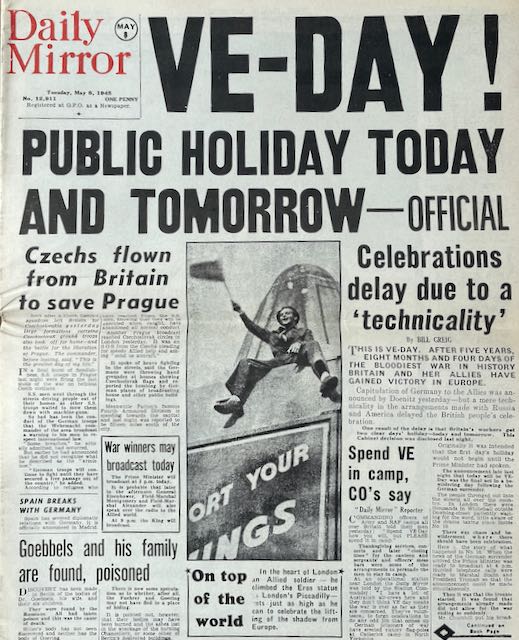You may have wandered around the quiet solitude of Hatfield Road Cemetery when your eyes glance across the grass to the serried, but sometimes wandering lines, of headstones; then pause as you recognise a name. But you are not certain whether the name you noticed is from the same family you recalled.
 |
| Tools of Blow's craft inscribed on his circular headstone. |
Here is one along a path to the south of the cemetery. It is an appropriate name on which to focus as work continues to upgrade what is now the former Rats' Castle public house, for here is the grave of a former industrious architect, Percival Cherry Blow, born in St Albans in 1873. And yes, this was a neat amalgam of his father's and mother's families.
Percival attended St Albans School, and qualified as an architect from Kings College, London. Appropriately, his first commission was in Catherine Street from his first base at former Montpellier House now 7 London Road. From here he designed many houses in St Albans and Harpenden, working up to include expansion buildings at St Albans School, industrial structures and the Headquarters building of Ryders Seeds in Holywell Hill – now Samuel Ryder Hotel.
 |
| The imposing Holywell Hill HQ of the former Ryders Seeds business. COURTESY GOOGLE STREET VIEW |
Blow was an early influence on the former Alpha cinema in London Road which was later reconstructed to his design. Following a disastrous fire in 1927, he yet again designed its replacement, the Capitol. It is this building you will be visiting if you enjoy a cinematic experience at the Odyssey.
Factories aplenty came his way during the First War, but also a widening of his design experience into shops, halls, banks and public houses. The former Sainsbury shop in St Peter's Street was his, to be followed by a dozen similar edifices for the same company. Clearly this was a profitable sector to be working in; having been commissioned for one commercial building for a multiple, if successful a string of further addresses would often follow. Barclays Banks were notable – by this time he had offices above Barclay's High Street branch.
 |
| Ryder's Exhibition Gall adjacent to the company's HQ. The building is being prepared for another fresh owner. COURTESY GOOGLE STREETVIEW |
Having designed Ryders Seeds HQ, Ryder called him back to design its Floral Exhibition Hall, which has recently gone back under scaffolding once more. In Fleetville countless pub-goers have crossed the threshold of the Rats' Castle at the Sutton Road corner, and he also designed the hall for St Paul's Church.
Although he was a member of Trinity Church, Beaconsfield Road (though many will located in Victoria Street, but it's the one with the spire), his own funeral took place at St Paul's in 1939.
It is a testament to the quality of his designs that so many of his designs remain in the ground even if their owners have changed many times over.
 |
| Percival Blow cooperated on the above building's predecessor, before taking full control on this cinema and which today we know in its upgraded form: The Odyssey. |
Blow was an early influence on the former Alpha cinema in London Road which was later reconstructed to his design. Following a disastrous fire in 1927, he yet again designed its replacement, renamed the Capitol. It is this building you will be visiting if you enjoy a cinematic experience at the Odyssey.
 |
| The above – will soon morph into ... |
 |
| ... this. Same architect, same public house, but anticipated new name. Miraculously when a photograph is not quite the real thing, the scaffolding can easily be dispensed with! COURTESY STAR PUBS |
If you would like a first-class book on the topic, St Albans & Hertfordshire Architectural & Architectural Society (SAHAAS) has published the book St Albans Architect Percival Blow by Patricia Broad, Sue Mann and Jonathan Mein. www.stalbanshistory.org































